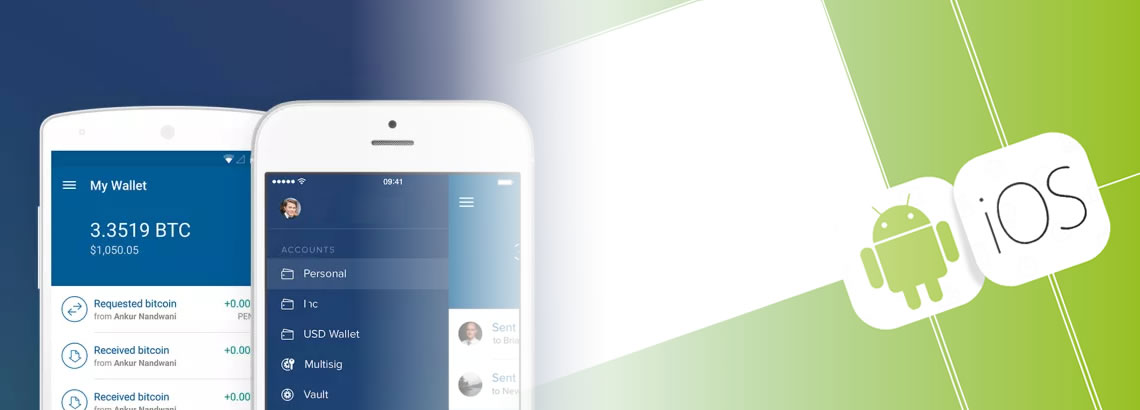Delivering a successful app is about more than building a piece of software; the most successful apps were focused in such a way for solving user’s problem. To build a useful solution that is valuable to a particular group of people, you need to understand those people at a granular level.
Android and iOS account for 99.6% of the mobile market, which means brands who are looking to develop an app will have to consider each or both of these platforms.
Based on a recent study, Google Play had more than 3.5 million apps available for download, and the iOS App Store had more than 2 million published apps, respectively. Those figures are steadily growing moving through
When it comes to choosing a development platform, it’s necessary to understand how each market operates. Consider the overall purpose of the application and the ways in which you intend your users to interact with the product. If your primary goal is user acquisition, Android may be your first choice. On the other hand, if generating revenue is the focus of your product, then iOS may be the more lucrative platform.
Here are the user experience differences and their impact
- Android devices are generally encouraged to have more colors in the applications, whereas Apple products stick to the restrained black & white pallet
- If iOS designers use colors, they tend to be more vivid and bright. So having more colors doesn’t mean being more colorful, Android colors are rather flat than bright
- Android is known to have a more dimensional design by using a wide range of tones and shades, comparing to iOS;
- Apple devices also don’t really guarantee for you much of the comfort if you have big thumbs. They are not spacious enough unlike their opponents who prefer to leave more space among the icons for tapping
- Android prefer to have a bit more dramatic style with large sizes of the front texts, title, etc. and later prefer having a hierarchy in the text sizes. Apple keeps the fronts pretty much equal for most of the occasions
It may appear as the straightforward idea to create one application for both platforms however important issue to consider is that interface elements of both platforms are not the same. To know more about mobile application development trends, stay tuned to our blogs or visit www.mobileappoutsourcing.com




